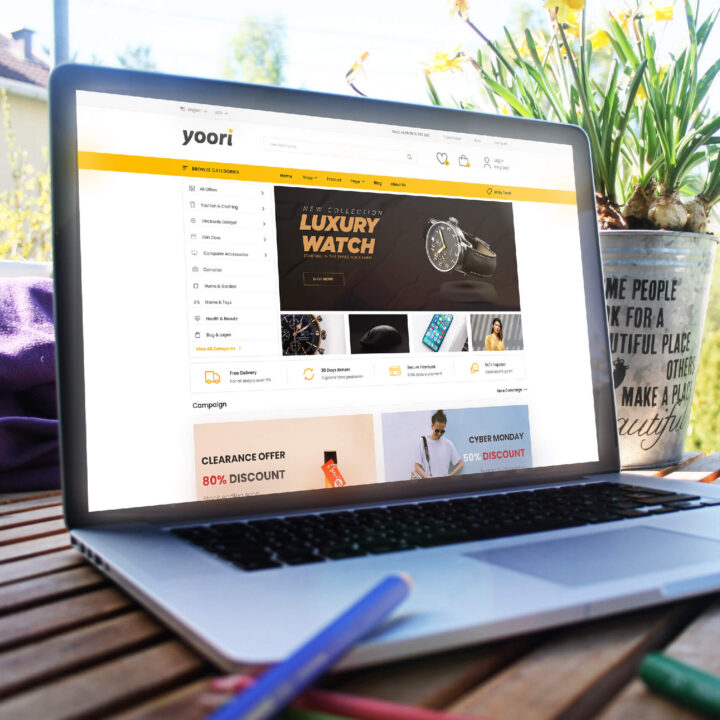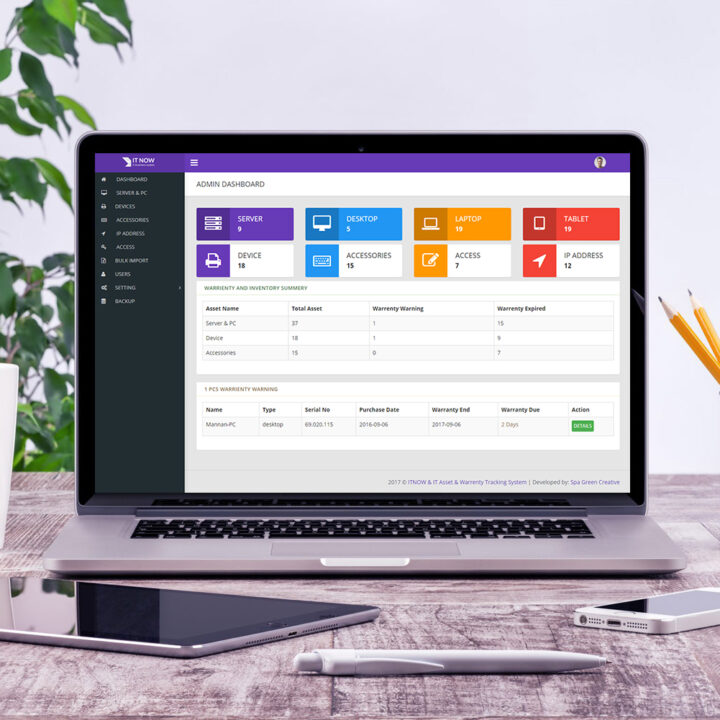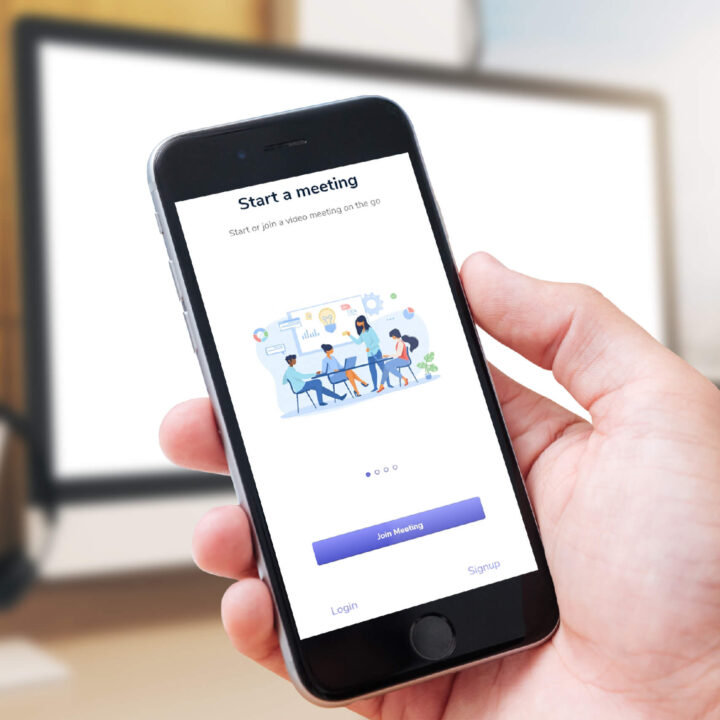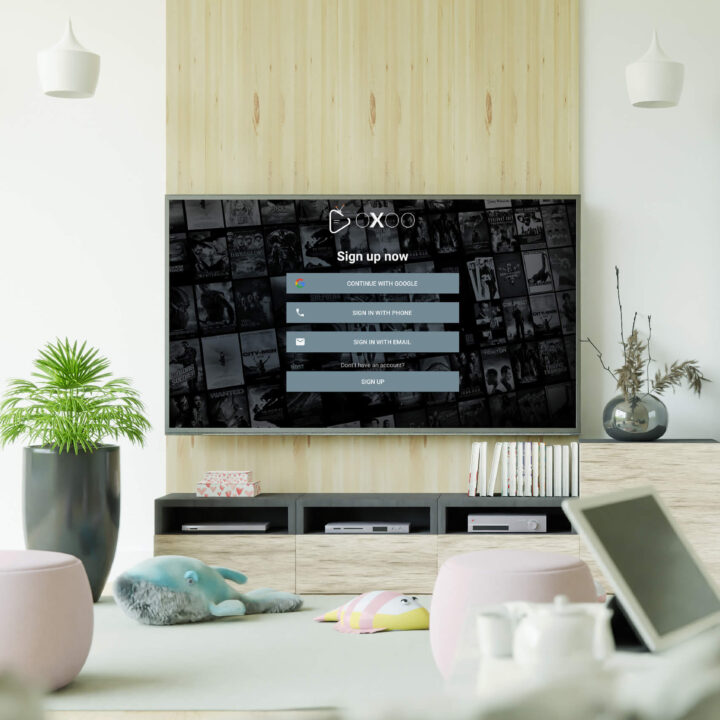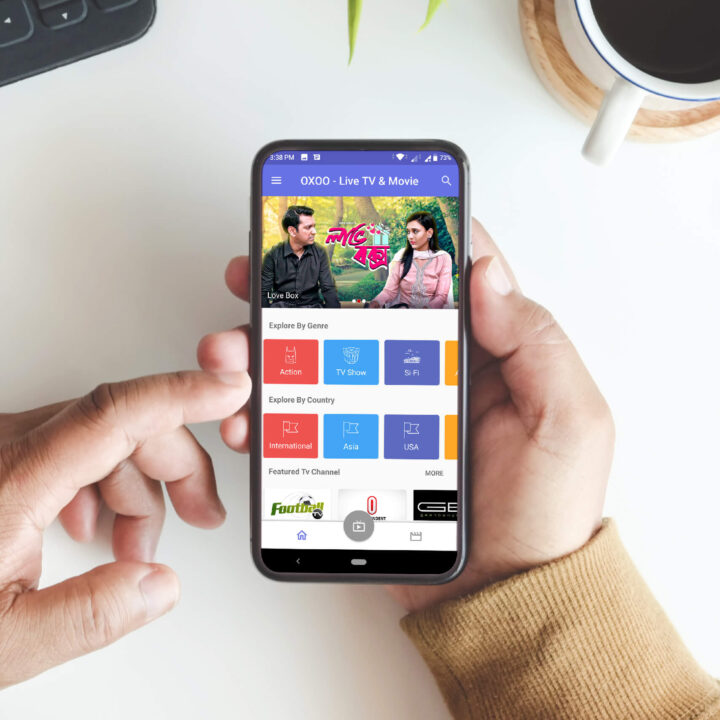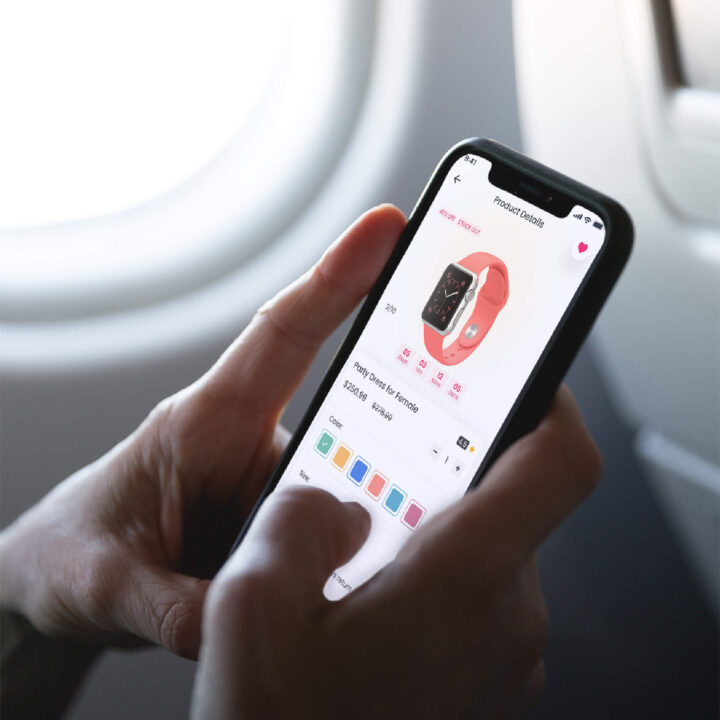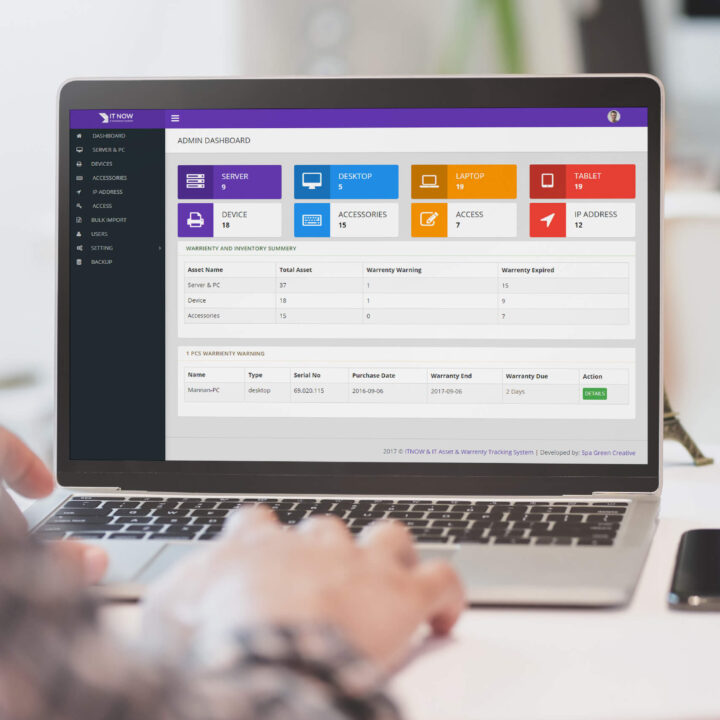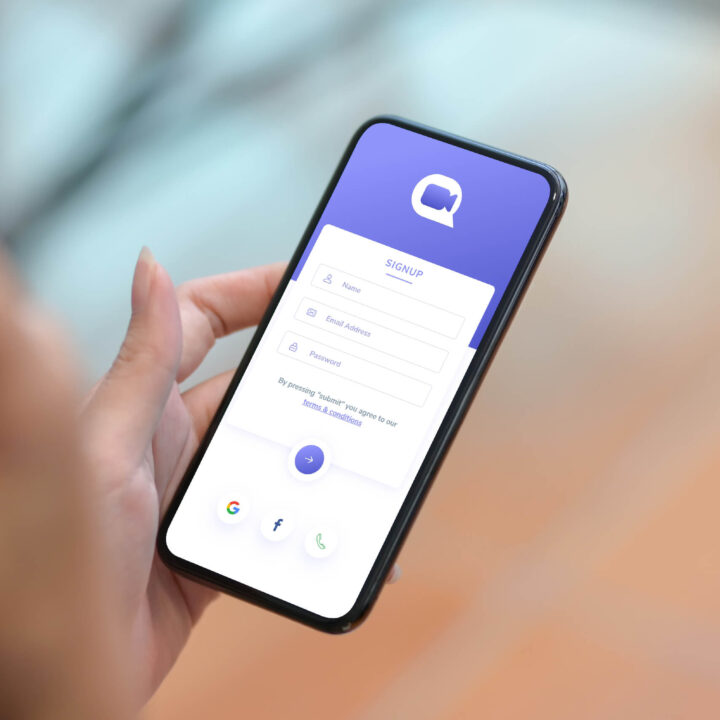10 Best Practices for Stunning UX Design
UX design is all about creating a positive and engaging experience for users. It involves everything from the way a user navigates a website to the overall feel of the site. UX designers work to make sure that users have a positive experience when using a product or service. A good UX design can make all the difference between a user sticking around or leaving a site.
User experience designers often followed the best practices for UX design to look more aesthetic. They use a variety of tools to create products that are both functional and aesthetically pleasing. These tools can include things like wireframing and prototyping. They also use user research to understand the needs of their users. By taking all of these factors into account, they are able to create products that users will love.
Here I have discussed 10 best practices for stunning UX design.
Best Practices for UX Design: Comprehensive Guide
If you’re a UX designer, there are certain best practices you should always keep in mind. First and foremost, your designs should always be user-centric. This means putting yourself in the shoes of your users and designing with their needs in mind. It’s also important to keep your designs simple and clutter-free.
The UX design practices can be divided into 10 key steps.
- Know your audience
- Always remember: you are not the user
- Create a design for short attention
- Make a prototype before build the real one
- Use real content all the way
- Keep everything simple and consistent
- Never try to solve a problem by yourself
- Simple and clean typography
- Test, test, and test again
- Always make a sitemap
Know Your Audience
When you are creating a product, one of the most crucial variables to contemplate is your audience. If you want your customers to love your product, you must know what they want and need.
When you’re working on UX design, user research should be an important component. Users should be your top priority before you commence designing. You should provide value to people who use your product by focusing on benefits instead of features.
When designing, designers should be able to recognize when to stop adding new features and keep the experience’s existing appeal intact.
Always Remember: You Are Not the User
Users have various backgrounds, mental models, mentalities, and objectives in addition to being distinct from you. To design products that people love, you must do usability testing. Testing with real users (not your pals, family, or colleagues) is the only way to discover how to make products that are right for those who will use them. It may be laborious, but it’s the only method to make sure you’re moving in the right direction.
Create a Design for Short Attention
A 2015 study by Microsoft discovered that human attention spans have decreased from 12 seconds to 8 seconds, putting us on par with goldfish. In order to give people the information they require right away, designers must adjust their behaviour.
Complex interfaces must be simplified by removing unnecessary elements or content that does not support user goals. At the same time, this doesn’t mean that experiences should be limited. Every bit of information should be important and relevant.
Make a Prototype Before Build the Real One
A prototype can be used to test an idea before committing company resources to creating the product itself. Using prototyping tools, designers can test their hypothesis before bringing an engineering team on board to build the product. There are several prototyping techniques available. The rapid prototyping approach is a popular method to quickly develop a website or app and get customer validation.
Use Real High Quality Contents
There are a lot of products available, and almost all of them are built around content, including text, images, and videos. Design is seen as an enhancement to the content in many cases. Many designers, in spite of this, neglect content during the design process, using Lorem Ipsum instead of real text and placeholders instead of real images. Even though a design presented on an artboard might look appealing, it may look very different when it is populated with real data.
Keep Everything Simple and Consistent
Designers often deliberately use inconsistent styles to make their work appear more creative and memorable. For instance, a website might have different colour schemes on different pages. Such choices often confuse and frustrate users. Thus, it is always important to maintain consistent design elements, reinforcing the most critical aspects of your design at every turn.
Never Try to Solve a Problem by Yourself
Always remember that a design is a team sport. Designers and developers must work together to create great user experiences. There is no such thing as a “solo genius.” You must seek input from as many people as possible when you are designing in order to get their ideas, insights, and thoughts.
Simple and Clean Typography
An individual’s comprehension of a page’s text is affected by its hierarchy. Use H1s sparingly and only for the most critical messages. Divide the text into sections using H2s, and then divide the sections into H3s. Your users will skim through text rather than reading it thoroughly, so dividing it into sections will help them comprehend messages more easily and locate the sections that interest them the most.
Always Make a Sitemap
Sitemaps help organize content and create a coherent structure. This way, both you and your users can quickly identify where to go for the right products and services. You can see where a new page should be added to your website when you want to expand it.
When you delete a page, it will always be listed as a 404 error page, so you’ll need to keep tabs on your redirects. A site map is an important aspect of good user experience design.
Test, Test, and Test Again
Testing usability has never been easier. Before you publish your website, test its functionality in a replica setting so you do not change anything on a live site. Then, stay active in order to continually enhance its visual quality. Consider A/B testing and heat maps as well as seeking live customer responses as they use your product or website. Make adjustments based on the results and then re-test.
Final Note
The greatest lesson is learned through failure. Furthermore, if you’re adverse to making mistakes and seek perfection, you’ll be deprived of learning.
Follow the guidelines listed above, but seek out new UX design approaches and methods so you can find the one that best suits you and your clients.


